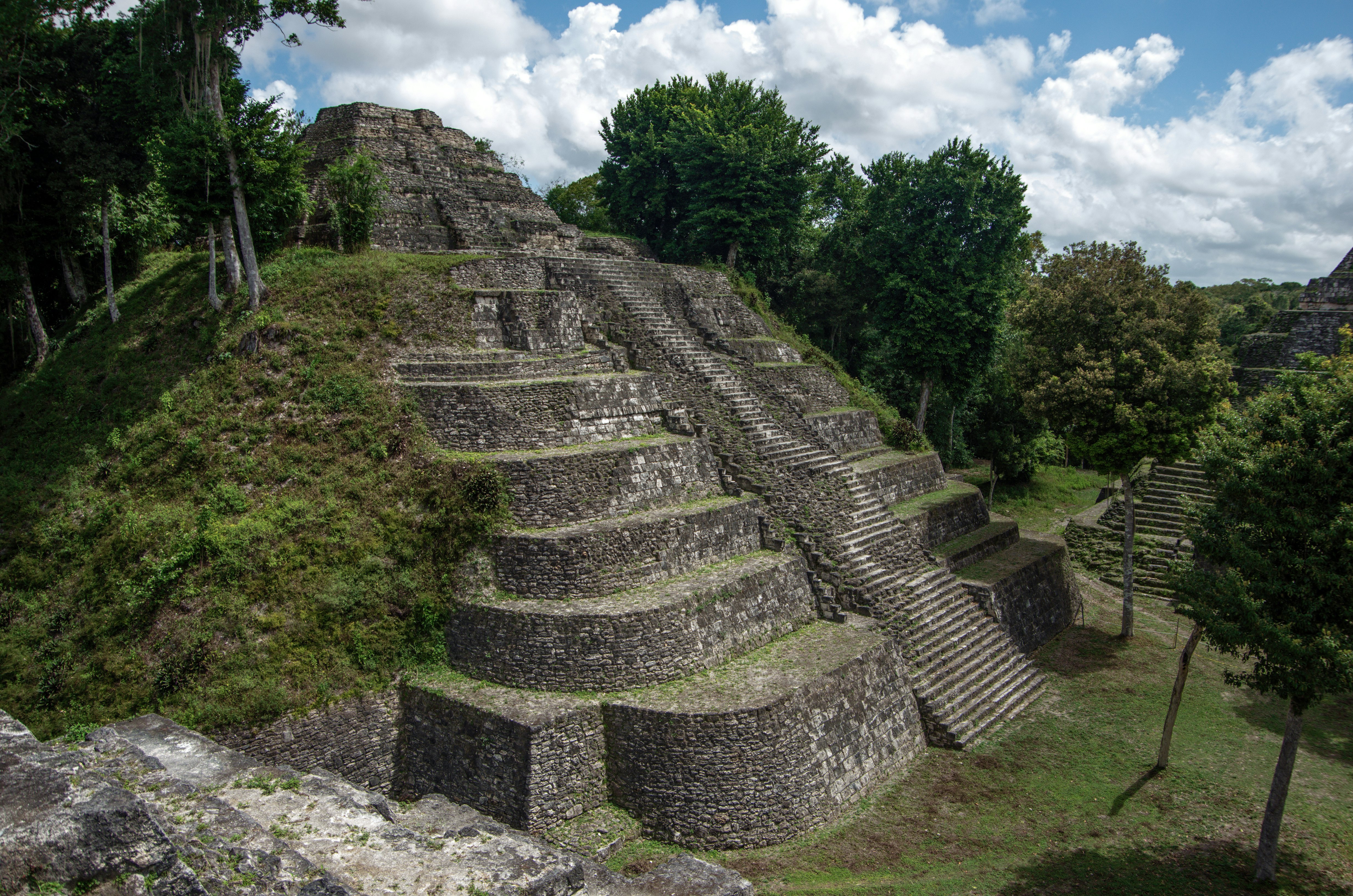
Hundreds of years after its downfall, the Maya empire still holds plenty of secrets. The pre-Columbian civilization started over 4,000 years ago and at its peak sprawled throughout what is now southern Mexico, Guatemala, Belize, and parts of Honduras and El Salvador. While archaeologists have mapped and explored much of this region, new research suggests that there’s far more to this former empire that remains undiscovered.
Published today in the journal Antiquity, a new paper spearheaded by researchers at Tulane University reveals previously unknown Maya settlements, including an urban center in Campeche, Mexico, a region of the Maya Lowlands that archaeologists have historically not paid attention to. This discovery underscores the fact that much of the Maya civilization remains unknown to archaeologists.
The team surveyed 50 square miles of land in Campeche using technology called lidar, which stands for light detection and ranging. Lidar uses a remote-sensing laser to map structures including vegetation height and density, which allowed the researchers to identify structures like pyramids. Using this technique, they found over 6,500 pre-Columbian structures, including an entire city.
The team called this city Valeriana after a nearby freshwater lagoon with the same name. Characterized by dense settlement and landscape engineering, Valeriana comprises two architecture centers 2 kilometers apart. The larger of these two centers contains temple pyramids, a ball court, a reservoir, and other hallmarks of the Classic Maya era. The researchers also note that the style and density of the area’s architecture matches that of the Chactun-Tamchen area, about 20 km southwest.
Valeriana has gone undetected for centuries, which speaks to the potential extent of how much of the Maya civilization still remains unknown.
“Our analysis not only revealed a picture of a region that was dense with settlements, but it also revealed a lot of variability,” said first author Luke Auld-Thomas, a doctoral student in Tulane’s Anthropology Department and instructor at Northern Arizona University. “We also found a large city with pyramids right next to the area’s only highway, near a town where people have been actively farming among the ruins for years. The government never knew about it; the scientific community never knew about it. That really puts an exclamation point behind the statement that, no, we have not found everything, and yes, there’s a lot more to be discovered.”







